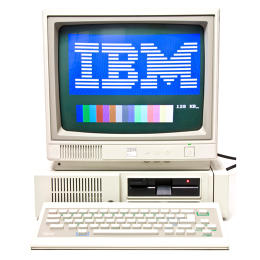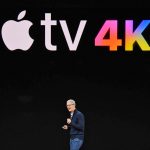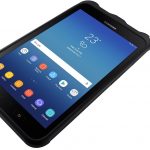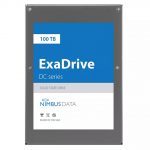10 Gadget Flops We Can Learn From
1. Apple Lisa, 1983
The first personal computer with a windows-and-icons-style graphical user interface, Steve Jobs’s visionary Lisa had one disastrous flaw: a staggering $10,000 retail price.
Redeeming factor: Many Lisa features resurfaced with the more affordable and successful Macintosh.
2. IBM PCjr, 1984
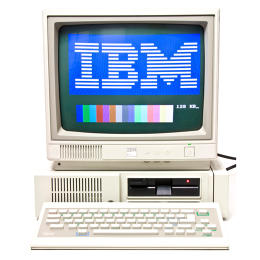
Quickly discontinued due to pokey performance, the first offspring of the IBM PC had an infamous, almost unusable keyboard and was incompatible with some software written for the original PC.
Redeeming factor: The wireless keyboard connection was years ahead of its time.
3. AT&T Videophone 2500, 1992
This little dingus used standard landlines to transmit jittery images of your loved ones at a painfully slow 10 frames per second. The cost? A cool $1,500.
Redeeming factor: Today, video chat is commonplace (and free!) with Skype, Facetime, and other now-familiar apps.
4. Nintendo Virtual Boy, 1995
The portable 3-D game console displayed only two colors (red and black) and required users to lean into a stereoscopic display supported by short stilts. Dizziness and nausea soon followed.
Redeeming factor: Nintendo had the right idea. Twenty years later, virtual reality would make a big comeback with the Oculus Rift and HTC Vive.
5. WebTV, 1996
A box that brought the Internet to your TV. But viewing low-res web pages on a cathode-ray TV using a dial-up modem and a clunky remote was less appealing than a Nash Bridges rerun.
Redeeming factor: It helped convince tech companies that TV on the web was smarter than the web on TV.
6. Microsoft SPOT watch, 2004

Eleven years before Apple Watch, it could display messages, stock prices, and weather reports on your wrist. But its bulky housing, tiny screen, and short battery life drove SPOT to the pound.
Redeeming factor: The concept was solid, and all of SPOT’s features are now standard on smartwatches.
7. Sony HDD Walkman, 2004
The digital-music player required users to convert MP3s to Sony’s native ATRAC format using the cumbersome Connect online store.
Redeeming factor: Its failure helped persuade Sony to ditch its proprietary media format, helping rid the world of user-unfriendly digital-rights-management schemes.
8. Motorola Rokr E1 Apple iTunes phone, 2005
Finally, a much-awaited pairing of an iPod with a cell phone. But this Motorola–Apple collaboration had a stingy 100-song limit and no way to download tunes wirelessly, making it more frustrating than futuristic.
Redeeming factor: It pointed the way toward the iPhone.
9. HP TouchPad, 2011
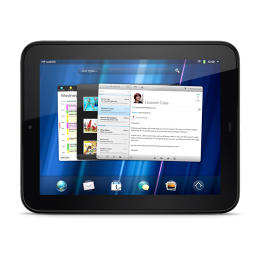
HP’s first tablet ran WebOS, the operating system behind the much-loved Palm Pilot PDA. That’s all it had going for it. Buggy, slow, and lacking apps, it was dead in less than three months.
Redeeming factor: Its visual metaphor of displaying info and apps as “cards” is today used by Google Now’s and Apple’s operating systems.
10. Google Nexus Q, 2012
The big flaw with this media-streaming device: It could only access content from the Google Play Store or YouTube. It also cost way more than earlier-to-market players Roku and Apple TV.
Redeeming factor: It served as a precursor to Google’s Chromecast, a far cheaper and more versatile streaming gadget that remains popular.
A version of this article appeared in the October 2016 issue of Fast Company magazine.
1. Apple Lisa, 1983
Fast Company , Read Full Story
(24)

